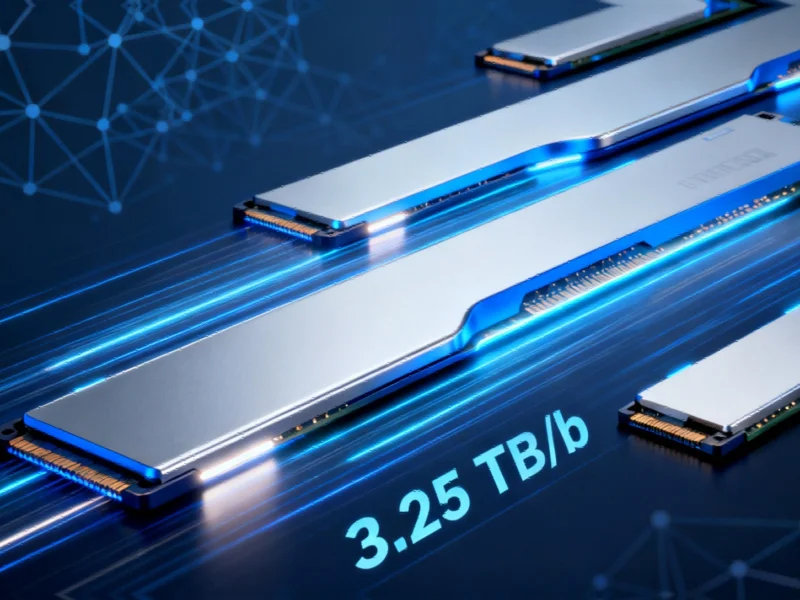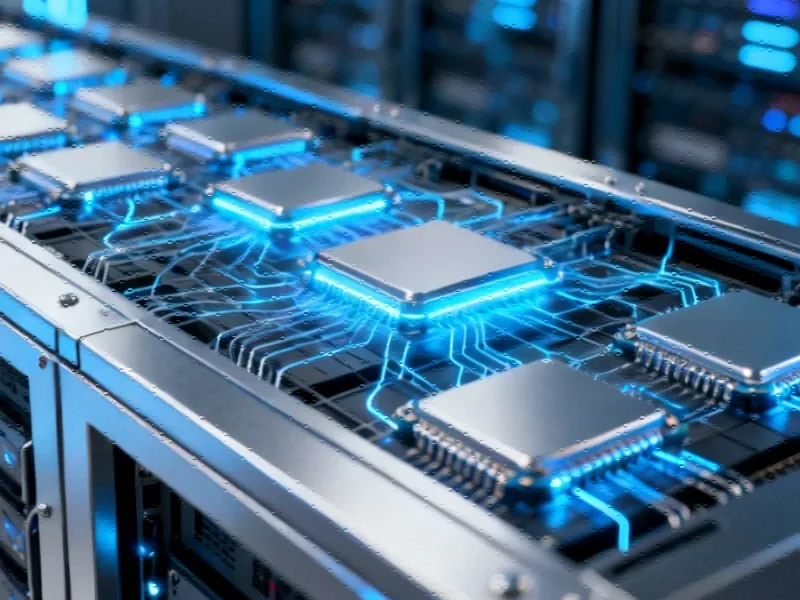Apple’s M5 MacBook Pro Emphasizes AI Capabilities
Apple has launched its latest MacBook Pro featuring the new M5 chip, with the company positioning artificial intelligence performance as the device’s key differentiator, according to reports. The announcement comes as Apple seeks to define a compelling narrative for its professional laptop lineup amid what analysts suggest is an increasingly competitive landscape for AI-enabled computing devices.
Modest Hardware Evolution With AI Focus
The new MacBook Pro retains much of the design language of its predecessors, sources indicate. Reports note the device maintains the same physical design, materials, display technology, port configuration, and 1080p webcam as previous consumer-focused models. The primary upgrade appears to be the integration of the Apple Silicon M5 processor, which the company claims delivers significant artificial intelligence improvements.
According to Apple’s official newsroom announcement, the M5 chipset provides approximately twenty percent better multi-core performance and what the company describes as “3.5 times the performance in AI workflows” compared to previous generations. This performance boost follows the traditional incremental improvements seen between M-series chipsets, though Apple appears to be placing unprecedented emphasis on AI capabilities as the primary selling point.
Strategic Emphasis on On-Device AI Processing
Industry observers note that Apple’s AI strategy distinctly emphasizes on-device processing rather than cloud-based solutions. The reported 3.5x performance increase specifically applies to local AI tasks, aligning with Apple’s broader approach to data security and privacy. This positions the company differently from competitors like Microsoft and Google, whose AI implementations typically rely more heavily on cloud infrastructure.
Analysts suggest this approach reflects Apple’s attempt to shift the mobile AI conversation toward local processing models that offer greater data control. However, some question whether this strategy will resonate with consumers, given that current industry developments increasingly favor connected AI services that leverage cloud computing capabilities.
Consumer Value Proposition Questioned
The fundamental question emerging from the launch, according to industry analysis, is whether AI performance represents a compelling enough reason for consumers to choose the M5 MacBook Pro over more affordable alternatives. With the base model starting at $1,599, the device occupies what some describe as an awkward middle ground between consumer and professional segments.
Reports indicate that the current M5 MacBook Pro utilizes the standard version of the chipset, making it more comparable to a enhanced MacBook Air than a truly professional workstation. This positioning has led some analysts to recommend that users requiring maximum performance wait for the anticipated M5 Pro and M5 Max variants, while those with more modest needs might benefit from waiting for the standard MacBook Air M5, which typically offers substantial cost savings.
Broader Industry Context
The launch occurs amid significant related innovations across the technology sector, with AI capabilities becoming increasingly central to product differentiation. Apple’s emphasis on local AI processing reflects both the company’s privacy-focused branding and the technical constraints of mobile devices, though some question whether on-device AI can match the capabilities of cloud-based alternatives as the field advances.
As with other market trends, the success of Apple’s AI-focused laptop strategy will likely depend on whether developers create applications that effectively leverage these local processing capabilities. The company faces the challenge of convincing consumers that AI performance represents a meaningful upgrade criterion, particularly when many popular AI applications currently rely on cloud connectivity.
Industry watchers note that technology companies increasingly face scrutiny regarding their claims, with recent technology announcements across various sectors sometimes overstating capabilities. Meanwhile, questions about product positioning and marketing claims continue to generate discussion, reflecting broader industry developments in technology journalism and analysis.
This article aggregates information from publicly available sources. All trademarks and copyrights belong to their respective owners.
Note: Featured image is for illustrative purposes only and does not represent any specific product, service, or entity mentioned in this article.



